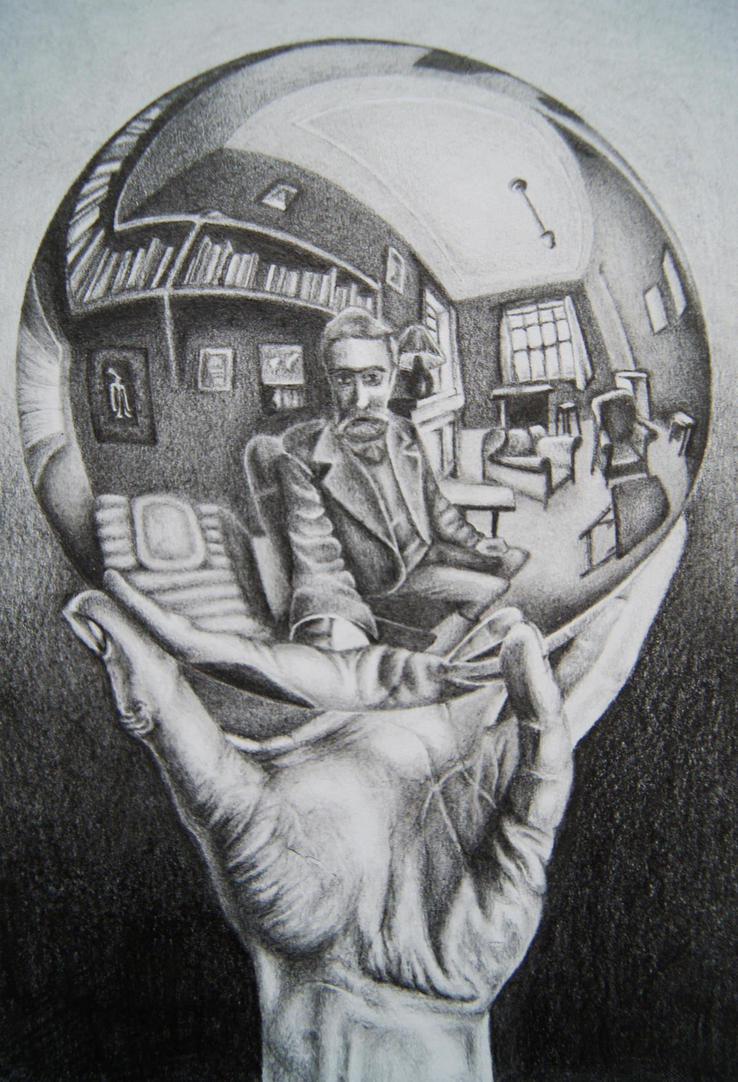Line - Lines are marks made by brush's, pencil, pen, etc. Lines can vary in width, direction, curvature, length, or color.
Shape-
Geometric shapes such as circles, triangles or squares have perfect,
uniform measurements and don't often appear in nature. Organic shapes
are associated with things from the natural world, like plants and
animals.
Color- the primary colors, secondary colors, and the tertiary
(intermediate) colors. They also show the relationships between
complementary colors
Value- refers to dark and light; the value scale refers to black and white with all gradations of gray in between.
Form -describes objects that are three-dimensional, having length, width, and height.
Texture -can be rough, bumpy, slick, scratchy, smooth, silky, soft, prickly--the
list is endless. Texture refers to the surface quality, both simulated
and actual, of artwork.
Space-refers to distances or areas around, between, or within components of a piece.
Balance-There are three different types of balance: symmetrical, asymmetrical, and radial.
Contrast- is created by using elements that conflict with one
another. Often, contrast is created using complementary colors or
extremely light and dark values.
Emphasis-in the focal area of an artwork gives it importance. An artist may stress some elements of the design over others
Movement- in an artwork means the artist is taking
viewers on a trip through the work by means of lines, edges, shapes, and
colors often leading to the focal area. Movement is a visual flow
through the composition. It can be the suggestion of motion in a design
as you move from object to object by way of placement and position
Pattern-are made in art when the same shapes or elements are
repeated again and again. Pattern uses the elements of art in planned
or random repetitions to enhance surfaces of paintings or sculptures.
Rhythm-is the repetition of shapes, lines, and forms. Rhythm is a movement in
which some elements recurs regularly. Like a dance, it will have a flow
of objects that will seem to be like the beat of music.
Unity- means that all elements in an artwork are in harmony.
Unity brings together a composition with similar units. For example,
if your composition was using wavy lines and organic shapes you would
stay with those types of lines and not put in even one geometric shape.
because it establishes the rule of thirds and it shows shape,lines,movment

No comments:
Post a Comment